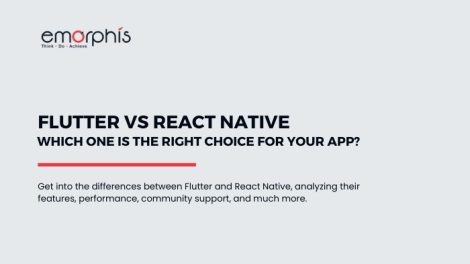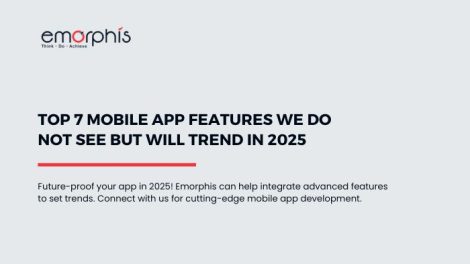For over a decade, the publishing industry has been undergoing rapid changes that are closely bound to the emergence & existence of the digital world. Digital technologies have been around for decades in the form of publishing & accessing tools used in publishing-related tasks such as content writing, proofreading & content management, content deployment & publishing. In the last couple of years, many publishers have rushed to create mobile editions of their print titles, seeing the paid platform as a potentially lucrative haven from the free content of the open web.
Initially, a lot of publishers rushed to magazine newsstands like Zinio, Blurb, Issue etc. It seemed simple enough, host your magazine on their newsstand platform and split a share of the revenue with them. But what’s if readers search for your brand on the actual Apple App Store or Google Play Store, your app won’t come up. Your readers will have to search for it on these platforms only. If the readers haven’t heard of any such platform like Zinio & Issue, then it will be a bad luck for you. In addition, comparing the reading experience on these newsstand options, the display is just a static copy of your magazine with no interactions or engagements.
The ultimate goal of having a mobile a mobile app for any publisher can be:
- Create an app that allows for a beautiful reading experience and
- Taking advantage of the mobile technology and social platforms in an app so that your engagement and subscriptions increase, making them more money.
I gone through the latest data* to uncover just who is making money from mobile magazines, with some surprising results…
Digital code has been banged by International news magazines: By sharing weekly frequency plus international distribution magazines like The Economist has built up its digital sales to almost 70,000 copies worldwide, over 10% of total circulation, and almost entirely subscription copies. New Scientist also with digital contributing over 10% of circulation, with over 14,000 digital copies. The Week reports as a digital publication has created a bespoke mobile version of its print edition with over 26,000 digital sales, it’s now 13% digital. By taking this initiative they are making digital subscriptions more attractive than expensive print postage, plus a deep-pocketed publisher prepared to invest.
Dedicated digital circulation by Niche titles : Health and Fitness is another market sector where mobile editions are thriving – with the aggregate digital sale of Men’s Health, Women’s Health, Health & Fitness and Women’s Fitness exceeding 20,000, or 5.6% of total circulation. BBC Sister Titles BBC Top Gear (at 13,500 or 9.5% total) and BBC Good Food (at 11,000 or 4.6% total) also rank highly, showing the benefit of parent Immediate Media’s early investment in mobile.
Tech-savvy readers are addicted to mobile magazines: General upmarket men’s glossies from Conde Nast and Hearst, including GQ, Wired, Vanity Fair & Esquire, were early adopters of digital editions, and in aggregate 10% of their sales are now digital. Attitude magazine reports its ABC in Digital Publications, but has built to over a 13,000 total digital sale. Notable digital success stories in the 2014 include Total Film from Future, with 14,000 digital sales (23% of total) and Empire from Bauer with 13,000 (9% total).
Mass market & lifestyle magazines do better on single copy sales: While weekly news magazines and specialist titles are focusing on subscriptions for their digital circulation, making up 80-95% of the total, mass market and lifestyle titles typically have 30-60% of their audited sale as one-off copies, implying a more impulse purchase, possibly on the strength of cover stories or app store promotion.
The outlook for digital magazines seems to be dependent on the type of publication: for weeklies with international appeal they appear to be taking off rapidly, and the affluent tech-savvy audience of many male glossies seems to be ready to pay for digital “extras”. Plus in niche markets where publishers are prepared to invest digital subscriptions could prove a lucrative and predictable revenue stream.
*Pulse research







